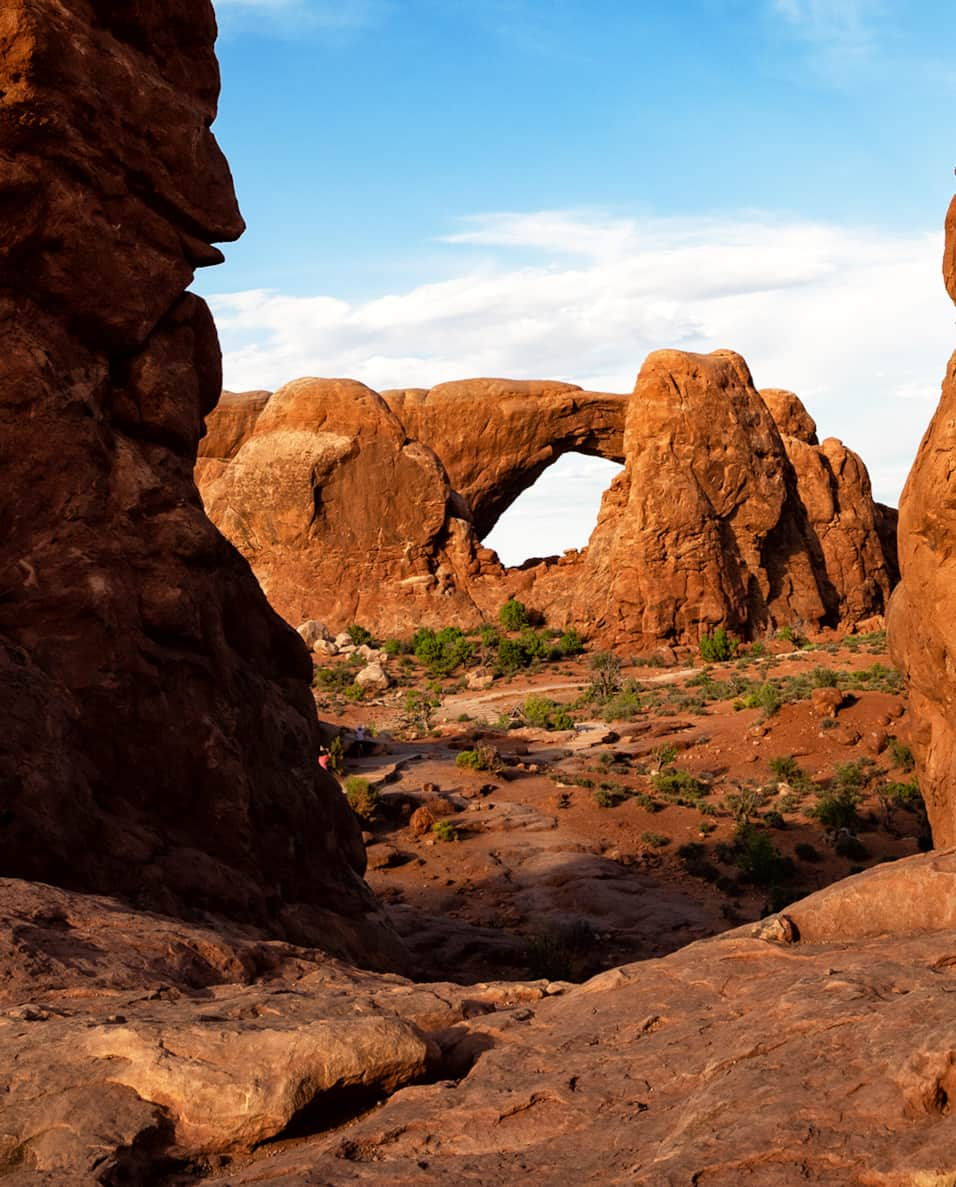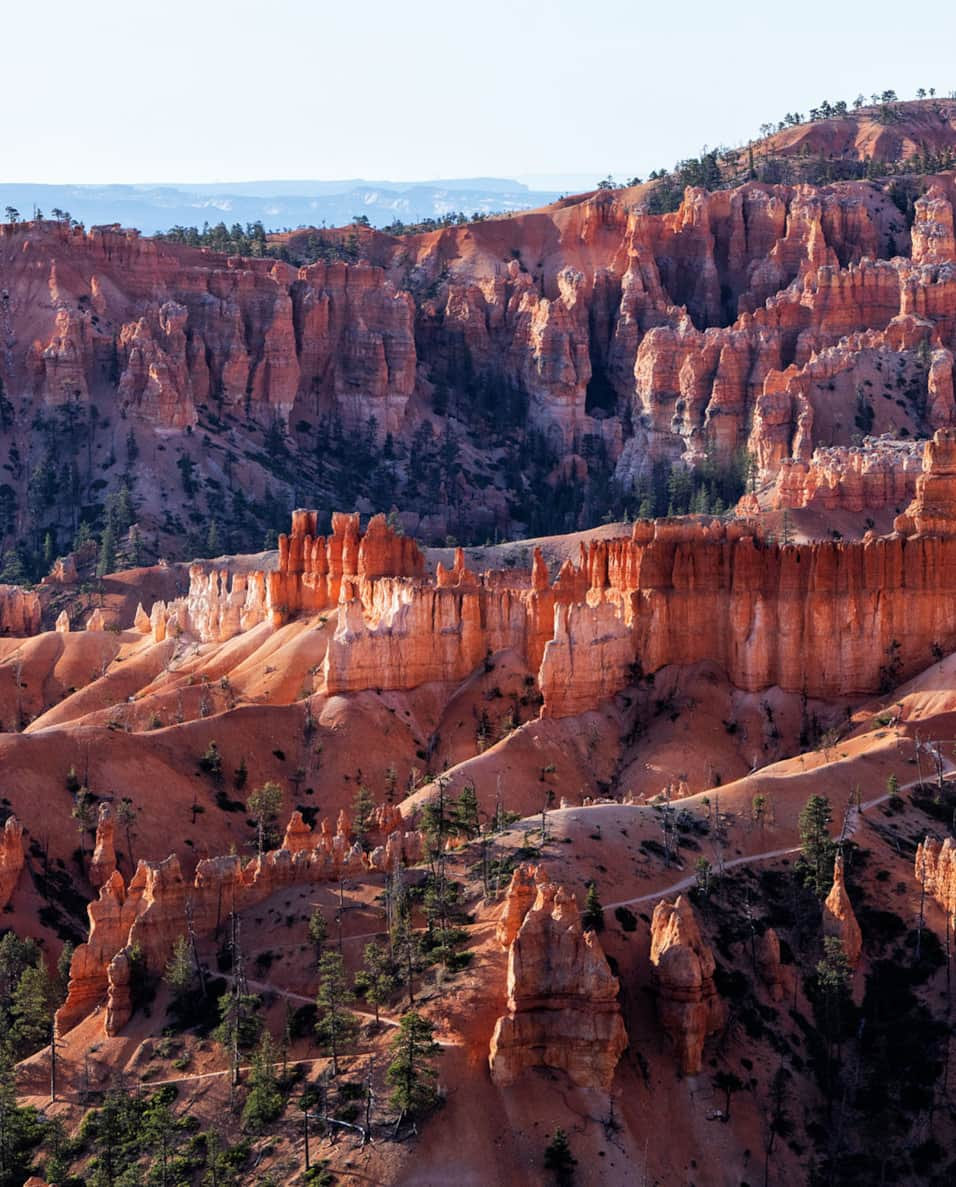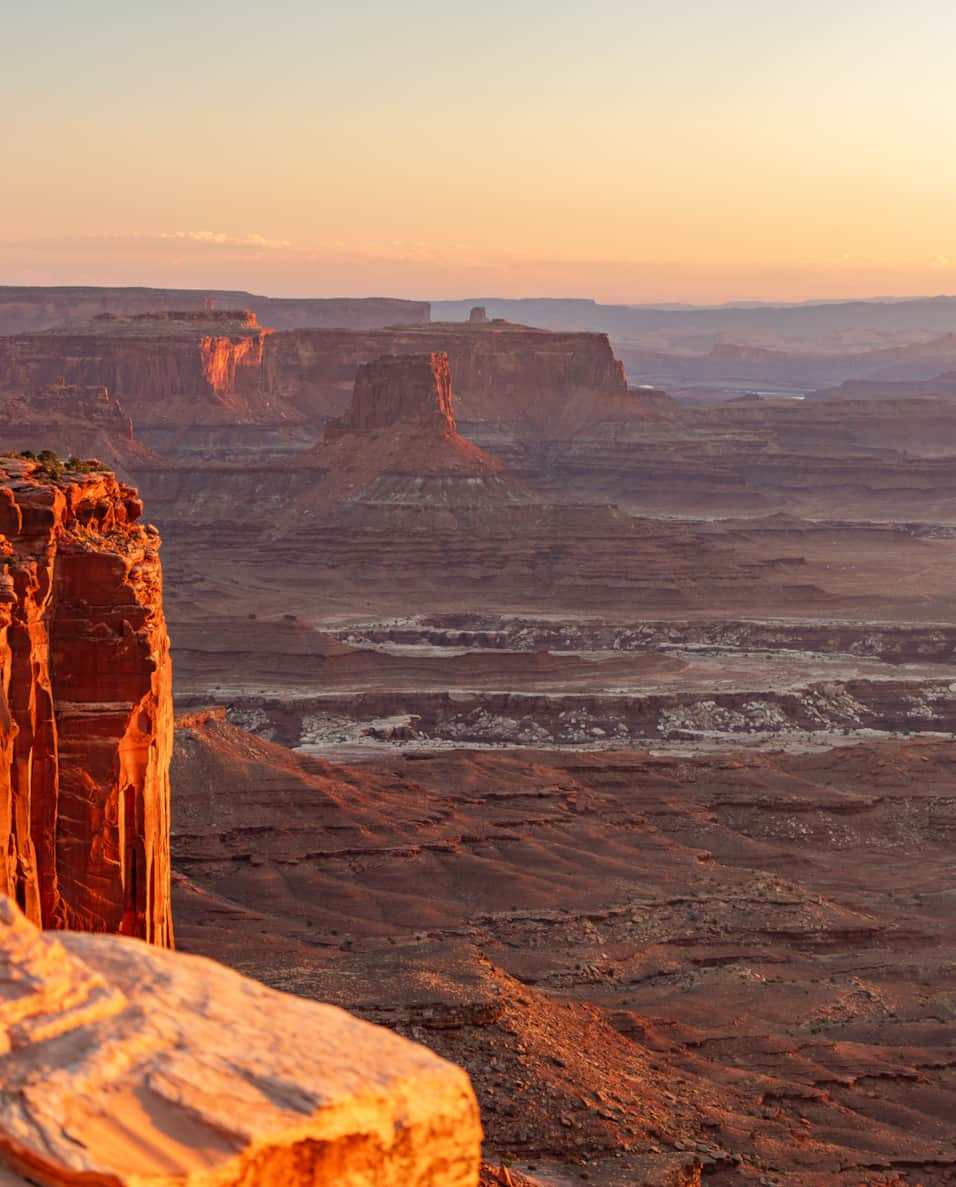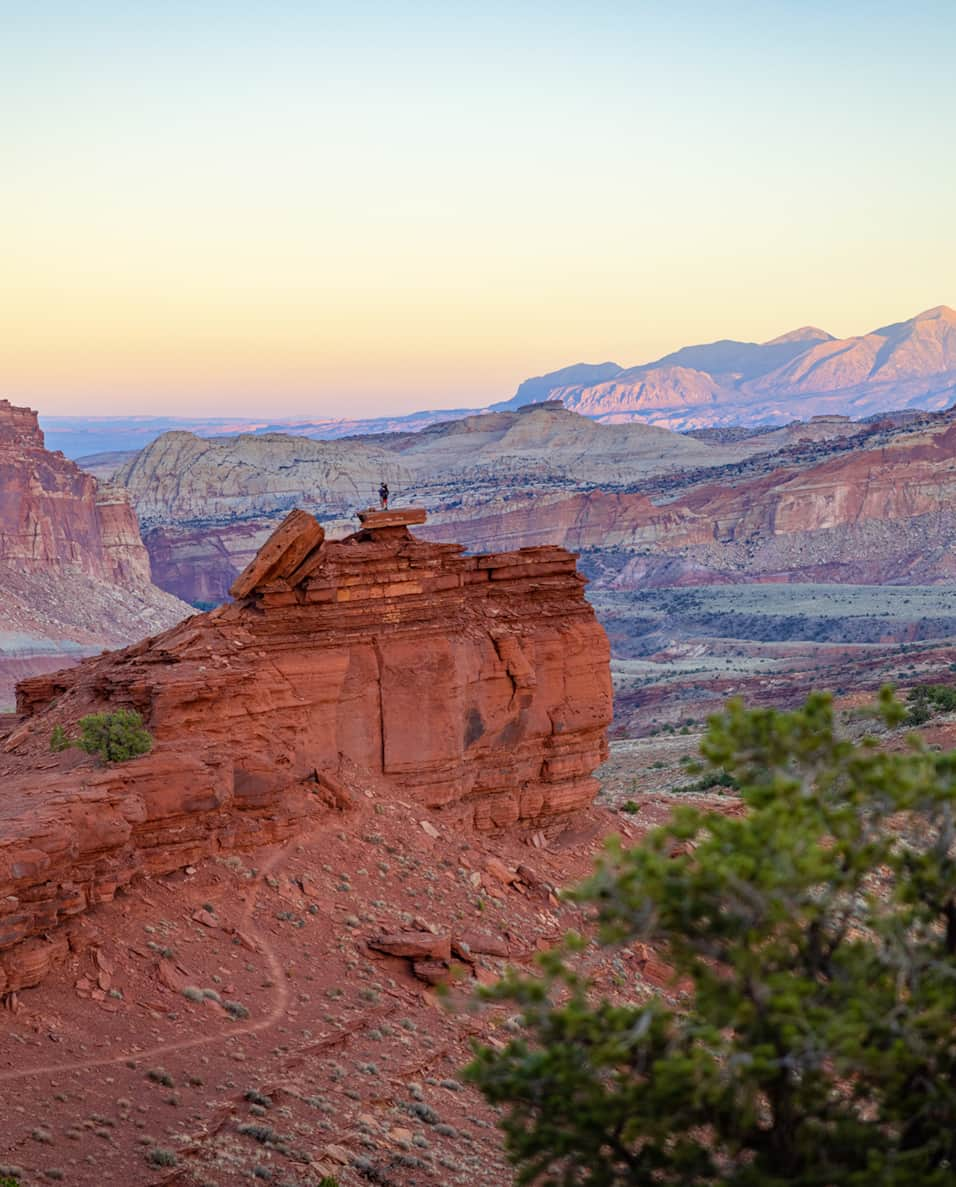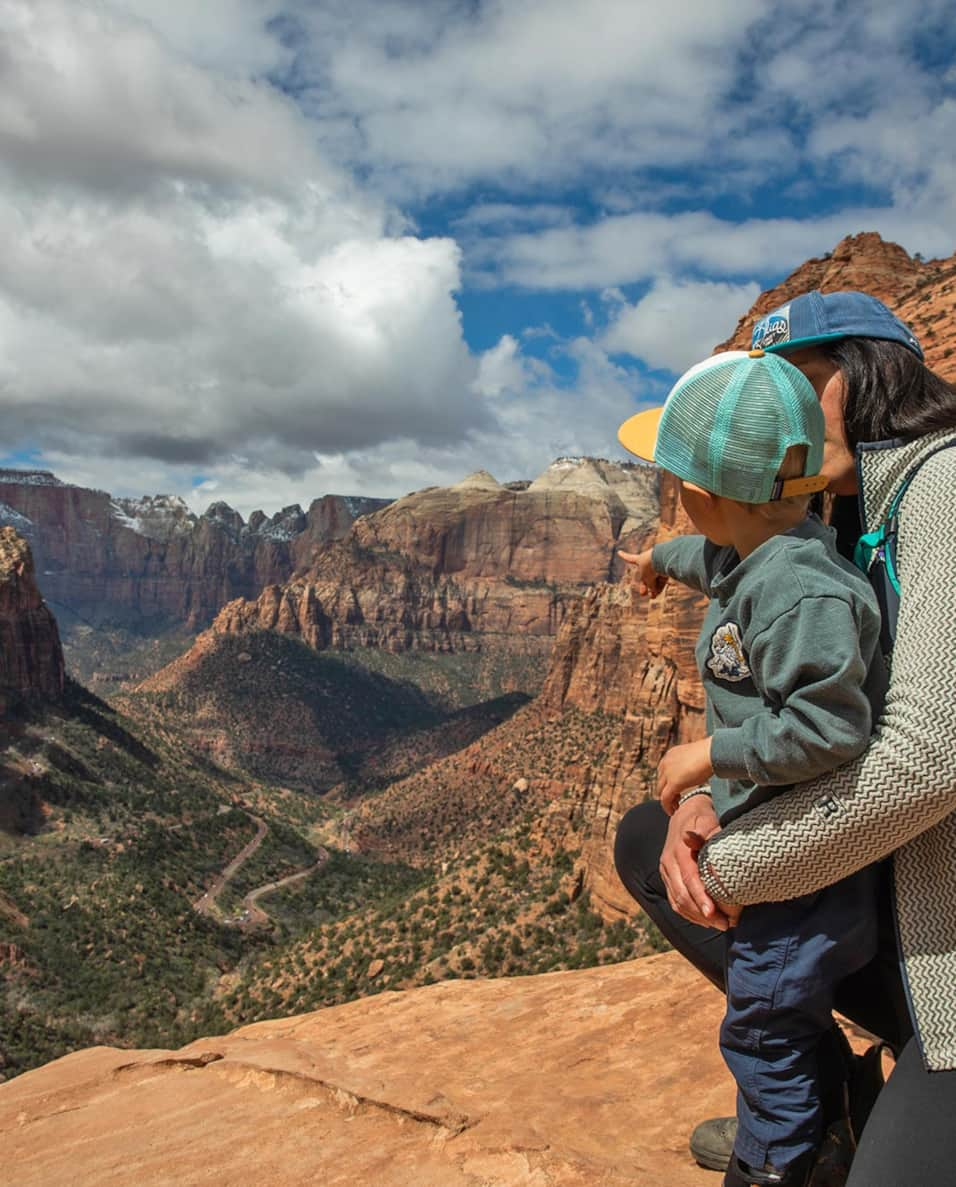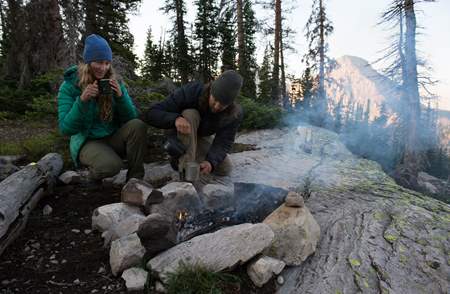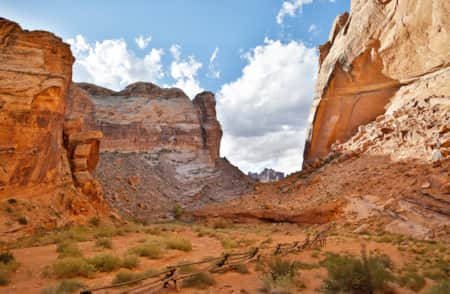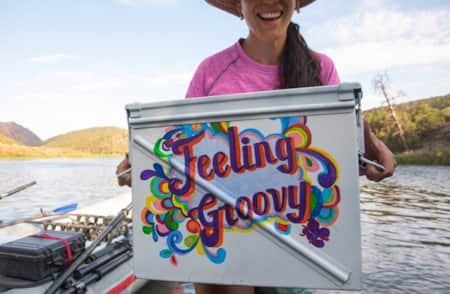How to Avoid Crowds
The Mighty 5® national parks draw millions of visitors to Southern Utah annually, but just outside their boundaries, state parks, national monuments, wilderness areas and national forests promise comparable views and recreation. Visiting Southern Utah is a regional experience, and the best experience will flow inside and outside of national parks.
If you are planning to visit a park, be aware that May through September and holidays are popular times to visit. If you can't avoid the busy season, consider recreating outside the park during high-traffic times — typically from 8 a.m. to 4 p.m. (Read: 7 Trails Near Zion National Park to Expand Your Hiking Experience ). Visiting early in the morning or after sunset for stargazing are both great options. All parks and monuments are accessible year-round, 24 hours a day.
Crowds are common in Utah’s popular natural destinations. Remember that anytime you are in a crowd, you are the crowd. A little patience and understanding will go a long way. And don't forget, winter is one of the best times to visit Southern Utah if you want to enjoy some solitude amongst the beautiful landscapes.
Best Time to Visit Utah's National Parks
-
Arches National Park
March, April and October are generally mild-weathered shoulder seasons. Winter months (November-February) see 14% of Arches’ annual visitation. From April through October, daytime visitors to Arches National Park will need a timed-entry ticket so be sure to make your reservation in advance.
-
Bryce Canyon National Park
Bryce Canyon experiences significantly less traffic in the spring and fall months. This park is a stand-out winter destination known for snow-dusted red rock and winter activities, plus winter months (November-February) see only 9% of annual visitation.
-
Canyonlands National Park
Due to extreme heat and the prevalence of long hikes and backpacking trips, even the busiest unit of this park (Island in the Sky) sees significantly less traffic in the summer months. Summer travelers need to be prepared for extreme weather conditions, including flash floods. Winter months (November-February) see 12% of annual visitation.
-
Capitol Reef National Park
Despite having more moderate temperatures in the summer months, this park sees significantly less traffic than other national parks in the summer months. Winter months (November-February) see 10% of annual visitation.
-
Zion National Park
Even when it's less busy, Zion can be as busy as other national parks at their peak season. This park manages congestion by utilizing a shuttle system and permits for certain hikes. Winter months (November-February) see 17% of annual visitation.
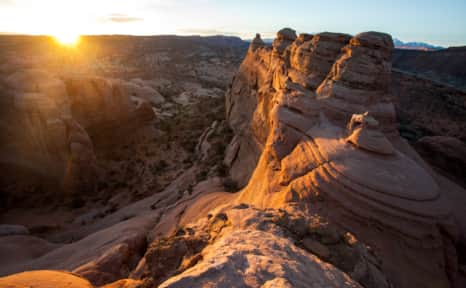
Arches National Park is a red rock paradise — and also a very popular destination. Early morning and late afternoon typically offer fewer crowds, shorter lines, easier parking, cooler temperatures and “golden light” for photographers.
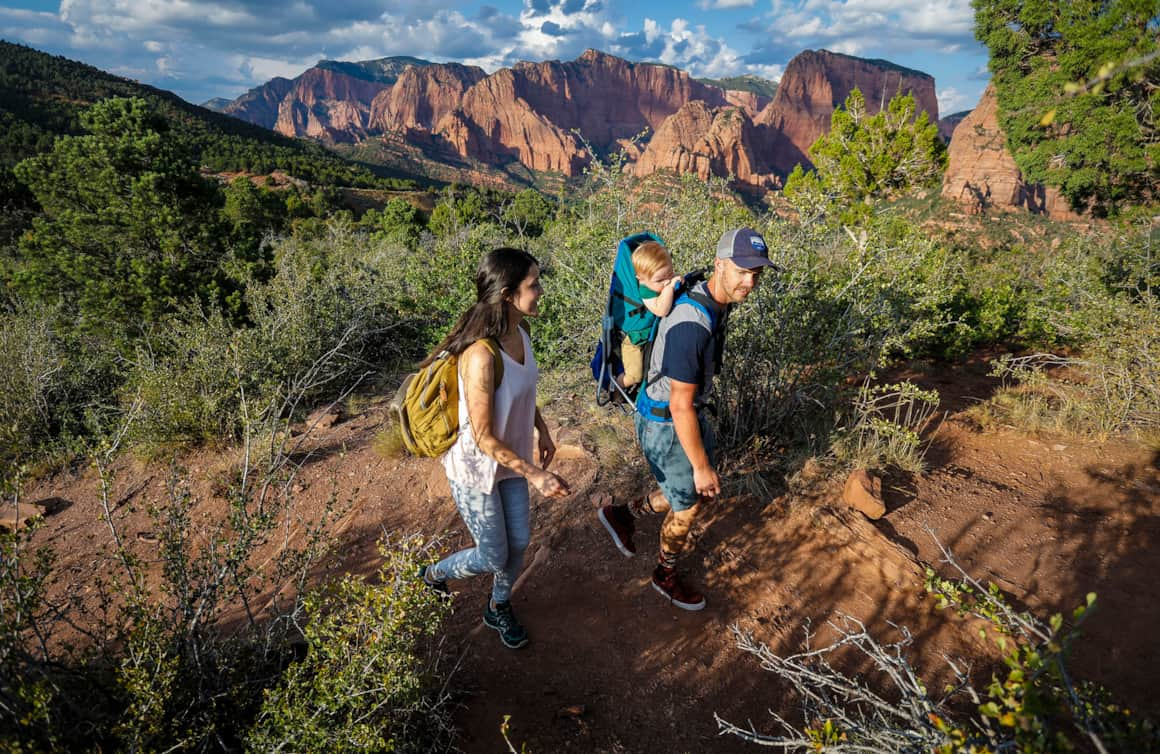
The most popular trails in Zion, including The Narrows, are located in Zion Canyon. But there are several less crowded hiking options located in Kolob Canyons in the northwest corner of the park.
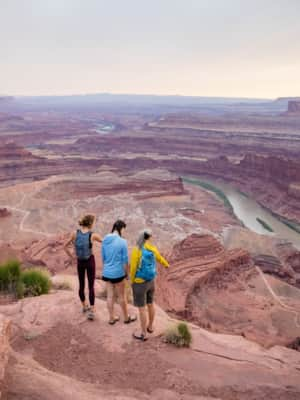
State Parks Near The Mighty 5
Utah’s natural beauty extends well beyond the borders of its national parks. Visit some of the best state parks in Southern Utah.
Forever Mighty Travel Tips
-

How to Backcountry Camp Responsibly
Four tips on how to camp more thoughtfully and responsibly in Utah's backcountry.
-

How to Camp on Utah’s BLM Lands
Read these insights and tips gathered from a novice’s first-ever camping trip on BLM and public lands to gain the confidence you need to recreate happily and respectfully on Utah’s public lands.
-

How to Poop in the Outdoors
Before heading off on that multi-day backpack, river or rock climbing trip, set aside your squeamishness and think about a responsible plan for when nature inevitably calls.
